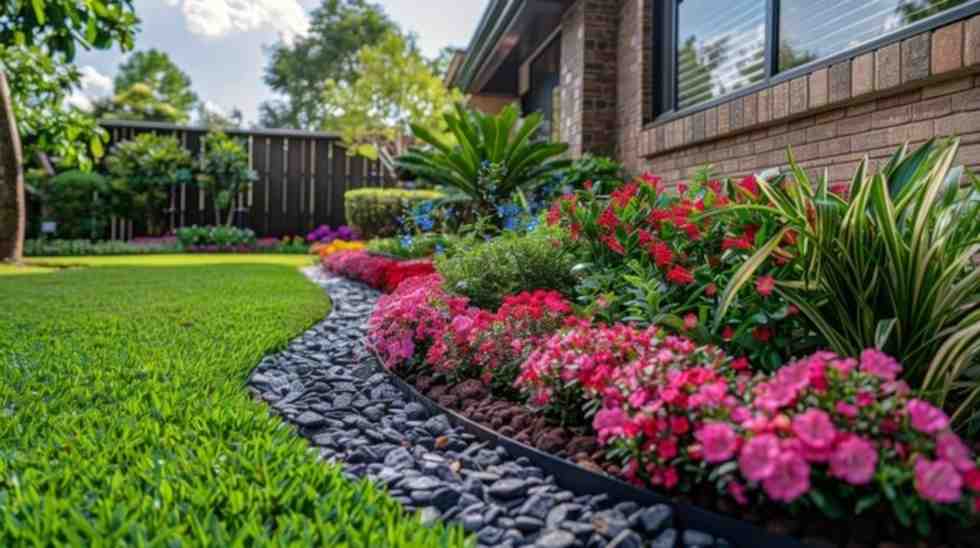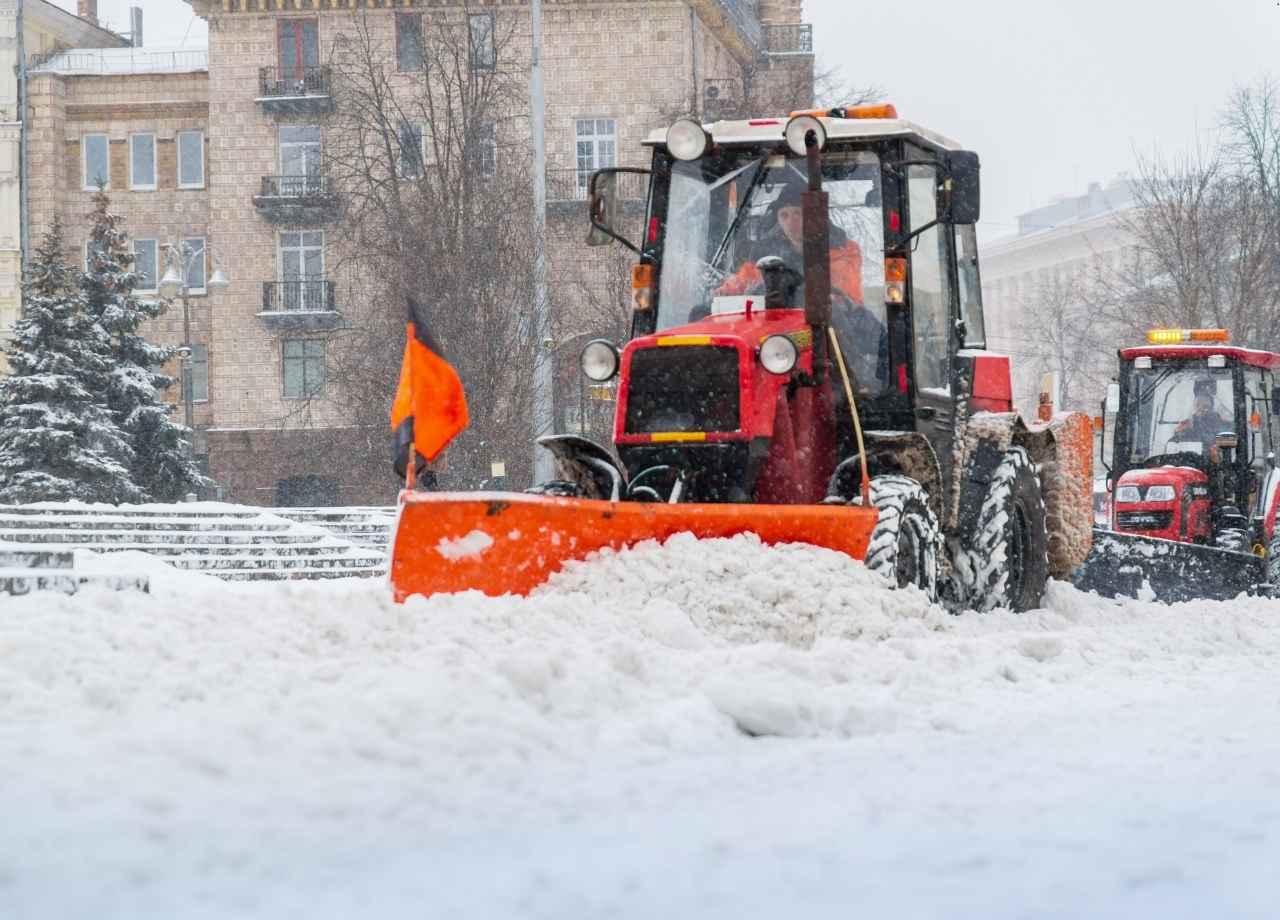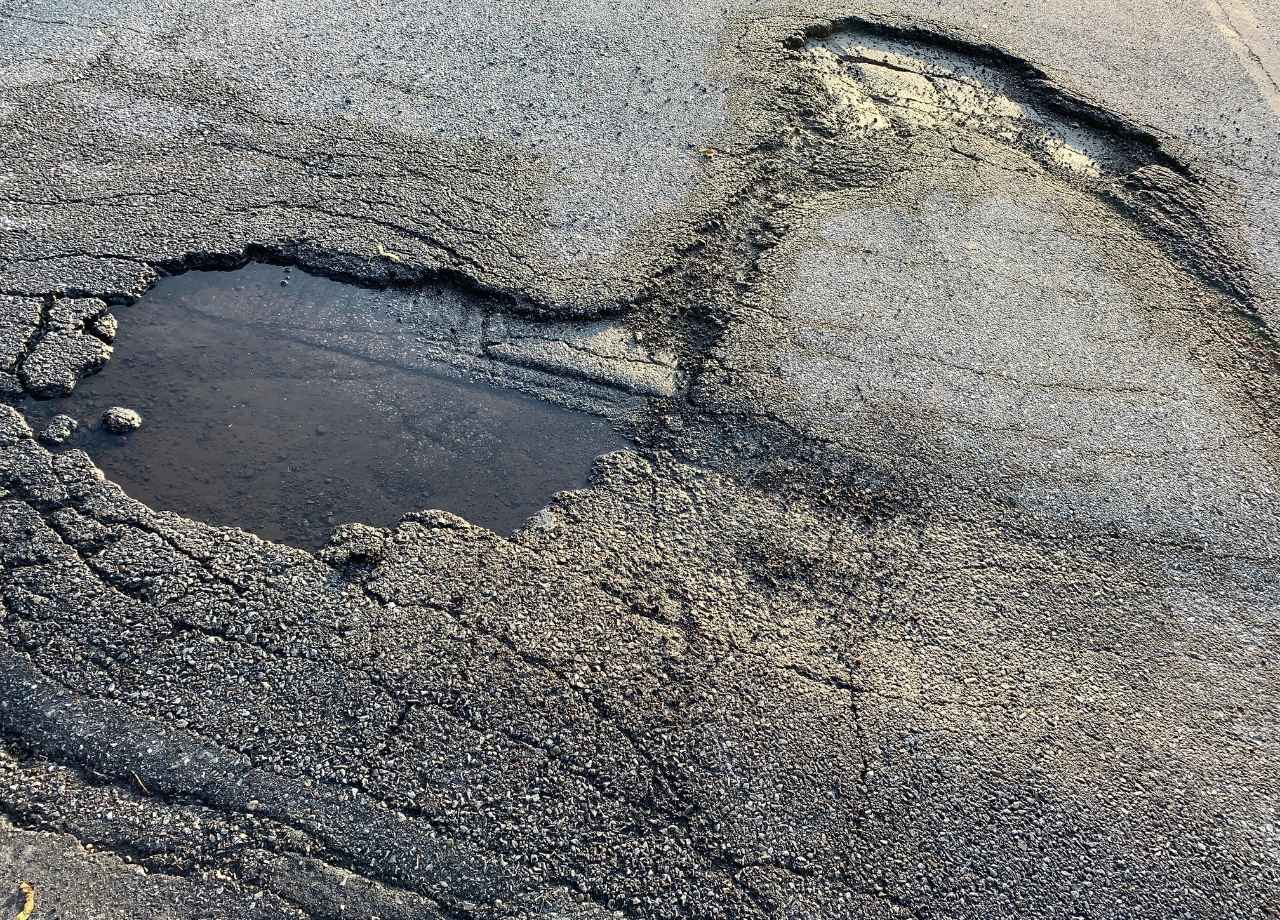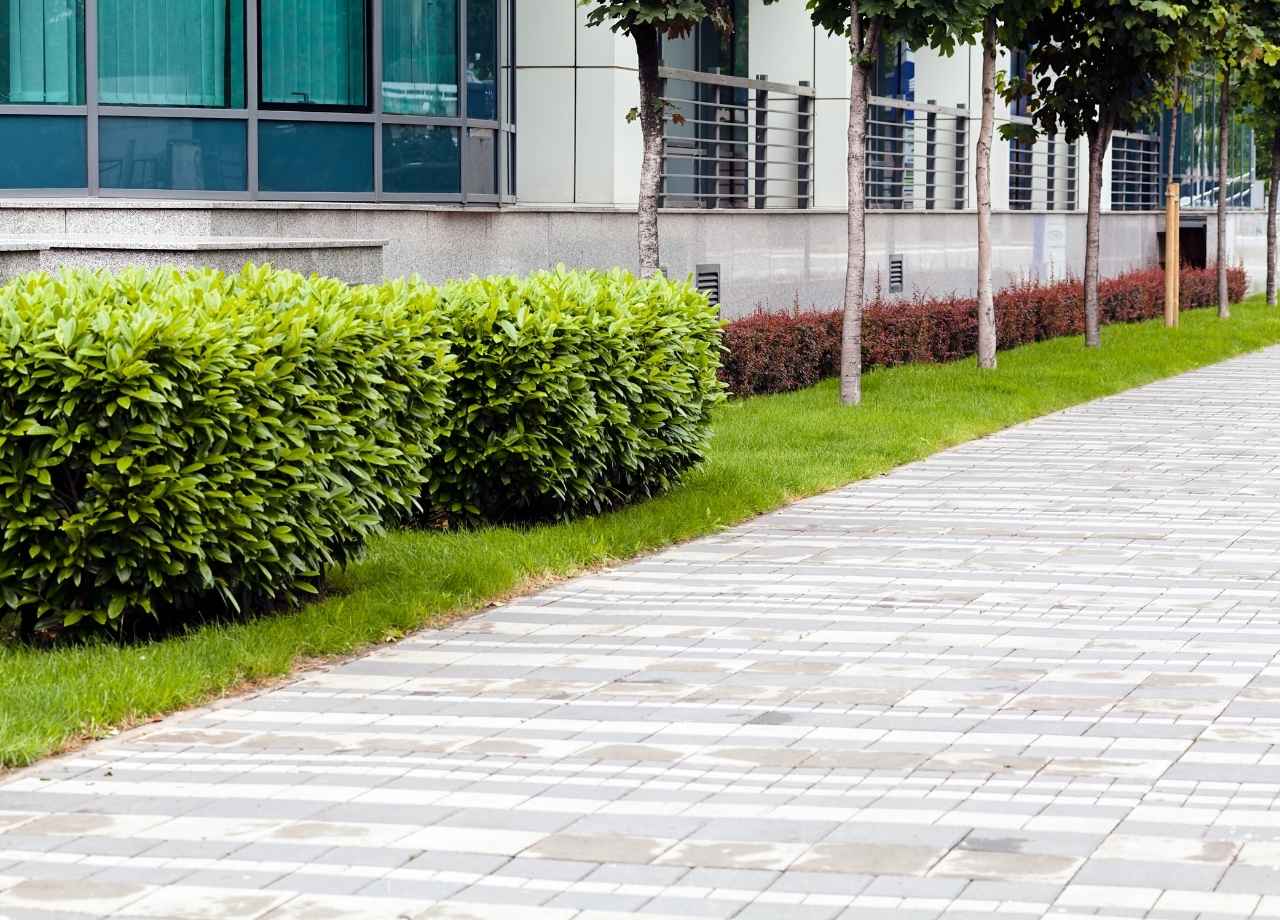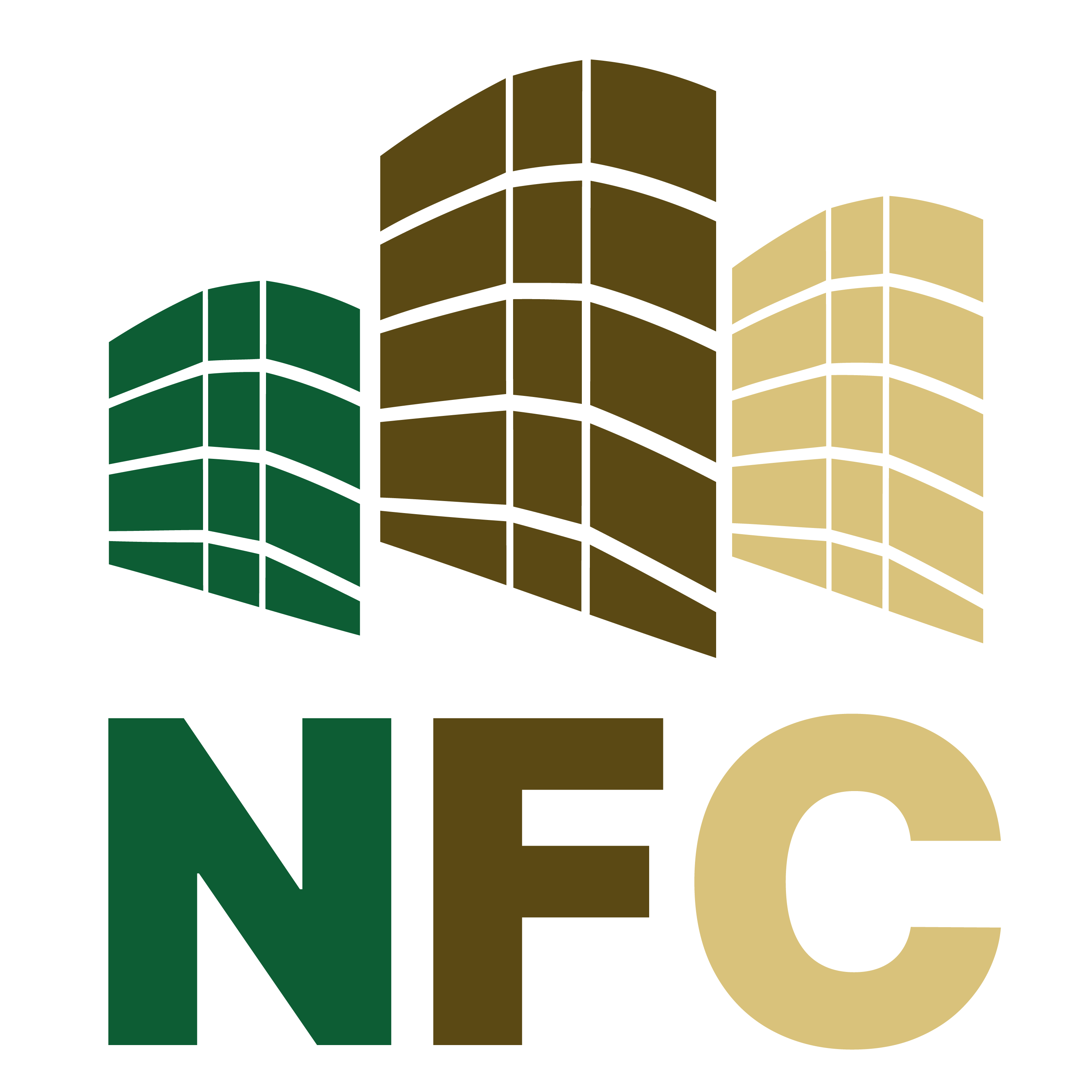Sustainable Landscaping with Rubber Mulch
Rubber mulch, a versatile and eco-friendly material made from recycled tires, has gained recognition as a valuable resource for sustainable landscaping. Its unique properties make it a practical choice for addressing common challenges in outdoor spaces, such as weed control, water conservation, and durability. By repurposing waste materials into a functional and attractive product, rubber mulch represents an innovative approach to environmental responsibility and landscaping efficiency.
Environmental Challenges and Rubber Mulch’s Role
Waste tire disposal has long been an issue worldwide, with millions of discarded tires accumulating in landfills annually. These non-biodegradable materials take decades to break down, often releasing harmful pollutants in the process. Recycling them into rubber mulch not only reduces landfill waste but also prevents the environmental hazards associated with improper tire disposal, such as fires or toxic leaching.
This recycling process transforms a potential liability into a highly effective landscaping material. Choosing rubber mulch helps reduce the demand for organic alternatives like wood chips, which often contribute to deforestation or require frequent replenishment due to decomposition. The durability of rubber mulch ensures long-term use, further minimizing its environmental footprint.
Advantages of Rubber Mulch
Rubber mulch stands out due to its wide range of benefits that appeal to homeowners, municipalities, and landscapers alike. These include:
Longevity
Unlike organic ground covers that decompose or fade, rubber mulch remains intact and retains its color for years. This durability makes it a cost-effective option over time, requiring minimal replacement.
Low Maintenance
With resistance to mold, pests, and decomposition, rubber mulch reduces upkeep efforts. Weeds struggle to grow through its dense layer, limiting the need for herbicides or manual weeding.
Water Efficiency
As a non-absorbent material, rubber mulch allows rainwater to pass through to the soil while minimizing evaporation. This property supports healthy plant growth and reduces water usage.
Safety Features
Rubber mulch’s shock-absorbing qualities make it a preferred choice for playgrounds, offering protection against falls and injuries. This feature also benefits pathways, creating a softer surface for walking or jogging.
Applications in Outdoor Spaces
Rubber mulch’s versatility allows it to enhance various types of outdoor spaces. Its performance and visual appeal make it a reliable option for functional and decorative purposes alike.
Playgrounds and Recreational Areas
Safety is a top priority for playgrounds, and rubber mulch excels in this regard. Its cushioning properties reduce the impact of falls, providing a safer environment for children. Unlike traditional wood chips that can splinter or become displaced, rubber mulch stays in place and maintains its integrity over time. Its availability in vibrant colors adds a playful element to the design while ensuring long-lasting aesthetics.
Gardens and Landscaping Beds
For gardens, rubber mulch offers more than just an attractive appearance. By insulating the soil, it helps maintain consistent temperatures, protecting roots during both hot summers and cold winters. Weed suppression is another major advantage, as the dense layer prevents sunlight from reaching seeds and roots beneath. Additionally, rubber mulch does not attract pests, which can be a problem with organic options.
Trails and Pathways
Rubber mulch provides a comfortable walking surface that reduces strain on joints, making it an excellent choice for trails and pathways. It absorbs shocks from foot traffic, creating a more enjoyable experience for visitors. These features are particularly valuable in parks, fitness trails, and urban walkways where comfort and sustainability intersect.
Erosion Control
Sloped areas and embankments often face erosion issues, especially during heavy rainfall. Rubber mulch’s heavier weight compared to organic alternatives helps it stay in place, reducing soil erosion and retaining moisture where it’s needed most. This makes it an effective tool for stabilizing landscapes while adding visual appeal.
Water Conservation Benefits
Rubber mulch supports water conservation efforts, a critical consideration in regions facing drought or water restrictions. Its non-porous nature allows rainwater to filter through while reducing evaporation from the soil. This helps retain moisture for plants, lowering the frequency of watering and promoting efficient resource use.
Additionally, rubber mulch does not absorb moisture like wood chips or bark, preventing fungal growth and maintaining a healthier environment for plants. By helping regulate soil moisture levels, it fosters a more sustainable approach to irrigation.
Design Flexibility
One of rubber mulch’s standout features is its adaptability to different design aesthetics. It comes in a variety of colors, ranging from natural earth tones to bold, vibrant hues. This allows it to complement diverse themes, whether the goal is to create a serene garden retreat or a lively playground atmosphere.
For homeowners, the ability to customize landscaping with rubber mulch provides an opportunity to achieve a polished and cohesive look. Commercial projects benefit as well, as its durability and color retention ensure lasting impressions without frequent maintenance.
Installation Tips for Optimal Results
Proper installation is key to maximizing the benefits of rubber mulch. Start by thoroughly clearing the area of debris, weeds, and old ground cover. Installing a high-quality weed barrier fabric can provide an additional layer of protection against unwanted growth.
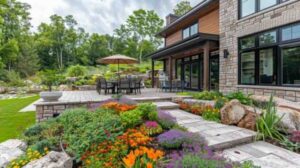
Spread the rubber mulch evenly, maintaining a depth of 2 to 3 inches for most applications. This ensures adequate coverage while preserving its aesthetic appeal. For playgrounds, a depth of 6 inches is recommended to enhance safety and shock absorption.
Periodic maintenance, such as raking to level the surface and removing accumulated debris, helps keep the area looking fresh and functional. Rubber mulch is easy to clean, requiring only occasional washing to remove dirt or buildup.
Addressing Common Concerns
The use of recycled rubber in landscaping has raised questions about safety and environmental impact. Concerns about chemical leaching are often cited, though studies have shown that properly manufactured rubber mulch meets safety standards and poses minimal risks. Reputable suppliers ensure the material is thoroughly cleaned and processed to remove contaminants.
Heat retention is another factor to consider, as rubber mulch can become warm under direct sunlight. While this may affect surface temperature, it does not harm the soil or plants beneath. Selecting lighter colors or using mulch in shaded areas can help mitigate this issue.
Why National Facility Contractors Is the Best Choice
When it comes to innovative and sustainable landscaping solutions, National Facility Contractors (NFC) leads the way. Their commitment to environmental responsibility aligns perfectly with the advantages of rubber mulch, offering clients durable, cost-effective, and eco-friendly options for outdoor spaces. NFC’s expertise ensures that every project is tailored to the unique needs of the property, whether it’s a playground, garden, or commercial walkway.
Beyond installation, NFC provides ongoing maintenance and support to maximize the longevity and performance of rubber mulch. By choosing NFC, you benefit from a partner that prioritizes sustainability, efficiency, and aesthetic appeal—delivering results that leave a lasting impression while reducing environmental impact.
Economic and Environmental Advantages
Rubber mulch represents a long-term investment that pays off in reduced maintenance costs and extended usability. Its durability eliminates the need for frequent replacement, lowering expenses for homeowners and commercial properties. By choosing a product made from recycled materials, users actively contribute to waste reduction and resource conservation.
This approach aligns with broader sustainability goals, promoting environmentally friendly practices across industries. Supporting recycled products like rubber mulch encourages innovation in waste management and highlights the value of responsible consumer choices.
Conclusion
Rubber mulch bridges the gap between functionality and sustainability, offering a solution that addresses waste management challenges while meeting the demands of modern landscaping. Its resilience, low maintenance requirements, and environmental benefits make it an invaluable resource for creating outdoor spaces that are both beautiful and responsible.
Whether you’re designing a playground, enhancing a garden, or stabilizing a slope, rubber mulch provides an innovative way to achieve your goals while supporting sustainable practices. By partnering with National Facility Contractors, you can ensure expert installation, long-term maintenance, and a commitment to environmental stewardship—turning your outdoor vision into a reality.

